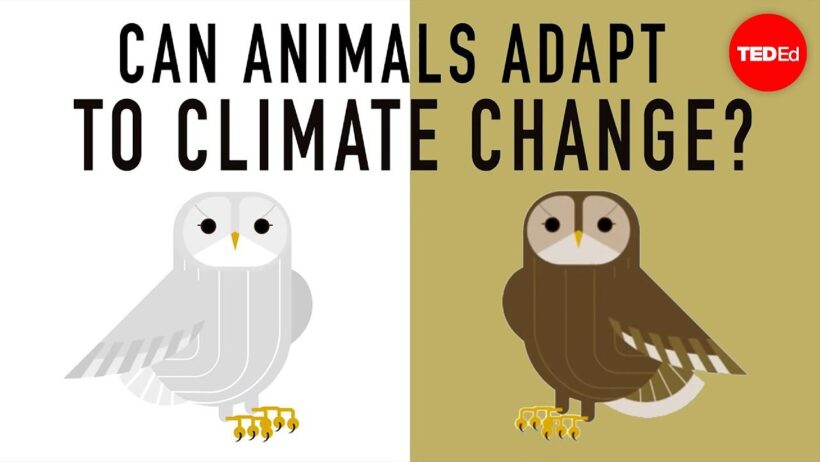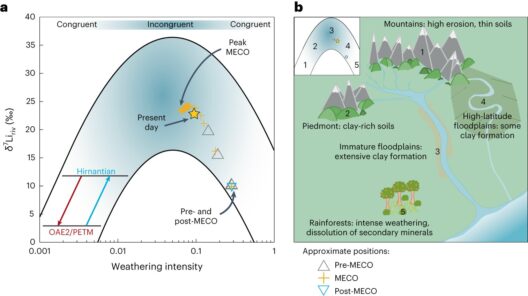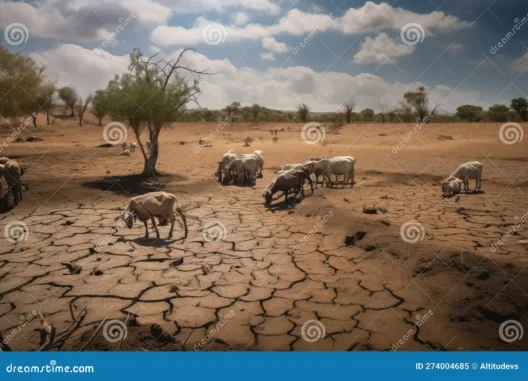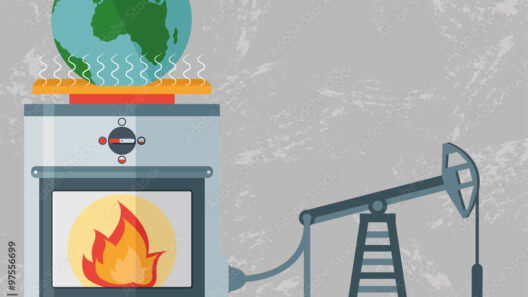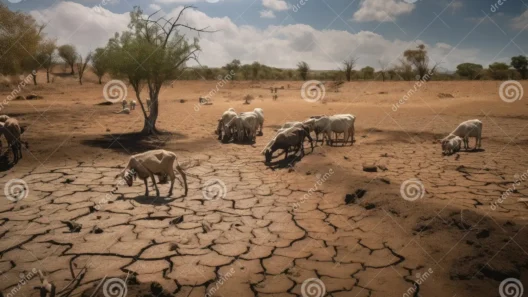As the climate continues to shift dramatically, the animals with whom we share this planet face an unprecedented existential challenge. Can wildlife adapt to these relentless changes, or are we witnessing an alarming spiral towards extinction? This question not only highlights the resilience of nature but also underscores the potential crisis looming over countless species. The adaptations—or lack thereof—of the animal kingdom reveal much about the intricate balance of ecosystems and the key role of evolutionary mechanisms.
To comprehend the extent of climate-induced challenges, one must first understand the myriad of ways in which animals interact with their environment. From habitat loss due to rising sea levels to migration patterns disrupted by changing temperatures, the ramifications of climate change are pervasive. As habitats become inhospitable, species face either the challenge of adapting or the threat of demise. Adaptability is fundamental to survival, yet it often depends on the species in question and the specific pressures they face.
Consider the polar bear, an iconic emblem of climate change. As ice in the Arctic diminishes at an alarming rate, these majestic creatures find themselves in precarious predicaments. Traditionally reliant on sea ice for hunting seals, the dwindling ice poses a direct threat to their food source. The bears are exhibiting notable behavioral changes; some are traveling longer distances in search of food. However, adaptation comes at a cost. Increased energy expenditure can lead to malnutrition and decreased cub survival rates. While some bears demonstrate resilience, others end up weakening the overall population. If the bears’ adaptation proves insufficient, the inhabitants of the Arctic could face an alarming precedent—the decline of a predator crucial to the ecosystem.
Yet not all species are facing such dire straits. In some cases, animals display remarkable adaptation strategies. The common lizard, for instance, has been observed changing its reproductive timing in response to the warmer climate. By shifting the timing of their nesting to coincide with the warming temperatures, these reptiles are demonstrating a capacity to adjust their life cycles. Such shifts can enhance survival rates and may ultimately confer a selective advantage. However, lagging adaptation mechanisms highlight an urgent need for continued research into the ecological consequences of altered life histories.
Interestingly, some birds are exhibiting shifts in their migratory patterns. A study found that numerous species are arriving at breeding grounds earlier due to milder winters, thus taking advantage of abundant food sources. This phenomenon raises an intriguing question: Are these migratory birds adapting quickly enough to outpace the rapid changes in their environments? While alterations in migratory behavior can enhance reproductive success, they may also result in mismatches with prey availability or seasonal bloomer cycles, creating further challenges for these avian species.
On the other hand, not every adaptation story offers a cause for optimism. Amphibians, considered vital indicators of environmental health, face a precarious fate. With climate change contributing to habitat disruption and the spread of infectious diseases like chytridiomycosis, many species are struggling to cope. Despite their unique ability to absorb water through their skin and their remarkable breeding adaptations, numerous frog species continue to decline. These instances exemplify a profound reality: not all creatures possess the same potential to adapt, and the implications of such disparities can reverberate through entire ecosystems.
As we delve deeper into the narratives of climate change and wildlife, we encounter a fundamental challenge: the intricate network of interconnected species. When one species becomes extinct, it sets off a chain reaction that can alter food webs, affecting a multitude of other creatures. The declining population of bees, for example, has frightening ramifications for pollination, which ultimately impacts agriculture and food security. This interdependence reveals the frayed threads that hold ecological systems together, highlighting the need for conservation efforts that extend beyond individual species to encompass community and habitat preservation.
The juxtaposition of adaptation and extinction raises a pertinent point about the anthropogenic factors contributing to climate change. As human civilization accelerates environmental degradation through habitat destruction, pollution, and greenhouse gas emissions, the pressures on wildlife intensify. Understanding this duality comes with a realization: while wildlife may possess innate resilience, human intervention is often the catalyst that determines whether adaptation succeeds or fails. As stewards of the Earth, our actions carry weight. It is imperative to recognize that we hold both the responsibility and the ability to mitigate these changes.
In conclusion, the conundrum of “Climate vs. Creatures” serves as a poignant reminder of the delicate equilibrium of life on Earth. While some species exhibit extraordinary resilience, others falter under the pressure of rapid climate change. The survival of wildlife hinges on their capacity to adapt, though that capacity is not universally shared. There exists an urgent need for holistic approaches in conservation, encompassing habitat restoration, sustainable practices, and crucially, a commitment to mitigate climate change at its source. As stewards of the planet, we must grapple with the implications of our actions for the future of countless species. Can we rise to meet the challenges posed by our own making, or will we passively witness the unraveling of nature’s intricate tapestry? The answer to this question remains in our hands.

